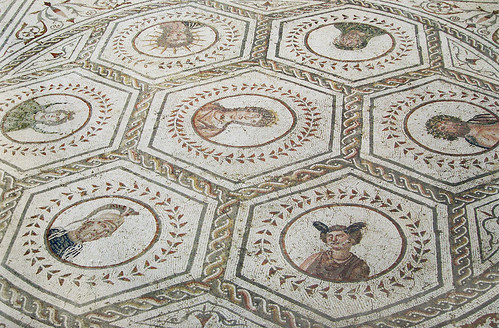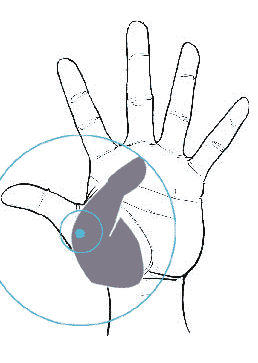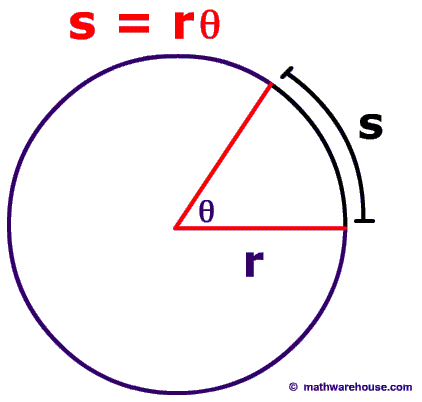Several years ago, I discovered that the French talk about mileage in liters/kilometer which seemed pretty much upside down to me at the time. Now, upon reading a blurb in a recent Ideas section of the Boston Globe, I realize that I made two errors at the time: (1) assuming what was more natural to me was more “correct” and (2) not spending the time to think about the alternative enough to realize that the French had it right!
Certainly the higher the MPG (miles/gallon), the better your fuel economy - just as a lower GPM (gallons/mile) would. The problem is this: miles/gallon is not intuitive. I drive 10,000 miles a year because of my commute regardless of the gallons of gas this takes. I do not fill my tank and then decide how far I can drive.
MPG makes sense from a manufacturer’s viewpoint: MPG is a way to standardized cruising range (how far a care can go on a full tank of gas) from car to car. But GPM make more sense from a consumer point of view: how many gallons of gas it takes to get to work. I leave it to you to read into this discussion any implications of the US being corporate driven and France being consumer driven…
Going from 10 MPG to 12 MPG is a much greater savings than going from 40 to 42 MPG.
| 10,000 miles x (1 gallon/10 miles) = 1000 gallons | 10,000 miles x (1 gallon/40 miles) = 250 gallons |
| 10,000 miles x (1 gallon/12 miles) = 833 gallons | 10,000 miles x (1 gallon/42 miles) = 238 gallons |
| saving 167 gallons | saving 12 gallons |
| 10,000 miles x (.42 gallon/ miles) = 4200 gallons | 10,000 miles x (.12 gallon/ miles) = 1200 gallons |
| 10,000 miles x (.40 gallon/miles) = 4000 gallons | 10,000 miles x (.10 gallon/ miles) = 1000 gallons |
| saving 200 gallons | saving 200 gallons |
















